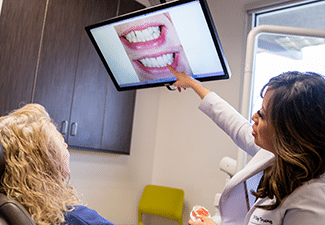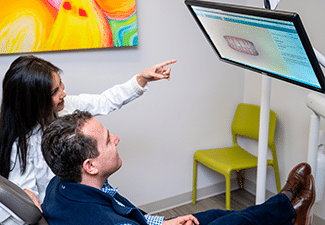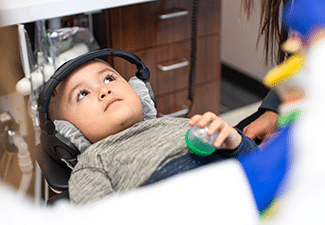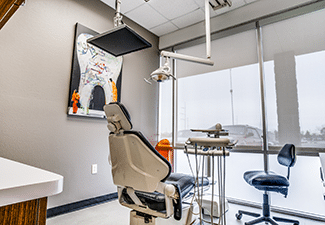 Humans have been practicing dentistry almost as long as humans have had teeth. In fact, teeth found in a Neolithic graveyard in Pakistan showed evidence of near-perfect holes made into the back teeth of some skulls. The remains dated as far back as 7,000 BC. In modern times, dentistry still involves removing decayed tooth tissue. Advances in dentistry and science, however, have provided us the tools to remove tooth decay and discretely fill the remaining cavity without anyone having to notice. Dallas dentist Dr. Truong discusses tooth-colored composite resin fillings, and how they’ve changed the face of dentistry.
Humans have been practicing dentistry almost as long as humans have had teeth. In fact, teeth found in a Neolithic graveyard in Pakistan showed evidence of near-perfect holes made into the back teeth of some skulls. The remains dated as far back as 7,000 BC. In modern times, dentistry still involves removing decayed tooth tissue. Advances in dentistry and science, however, have provided us the tools to remove tooth decay and discretely fill the remaining cavity without anyone having to notice. Dallas dentist Dr. Truong discusses tooth-colored composite resin fillings, and how they’ve changed the face of dentistry.
Before There was Composite Resin…
For over 150 years, the dental filling material of choice was amalgam, a metal compound that consists of tin, copper, silver, mercury, and other metals. Almost immediately upon its arrival in America, metal dental amalgam caused a heated debate among dentists that refused to use the material on their patients. Mercury exposure is linked to adverse health effects, and the American Society of Dental Surgeons (ASDS) asked its members to pledge never to use it. However, patients were not exhibiting signs of mercury poisoning upon leaving their dentists’ office, and the only other filling alternative at the time was gold. It was not long before the worries of the ASDS were outweighed by economics, and metal fillings were established as the material of choice. (more…)



















